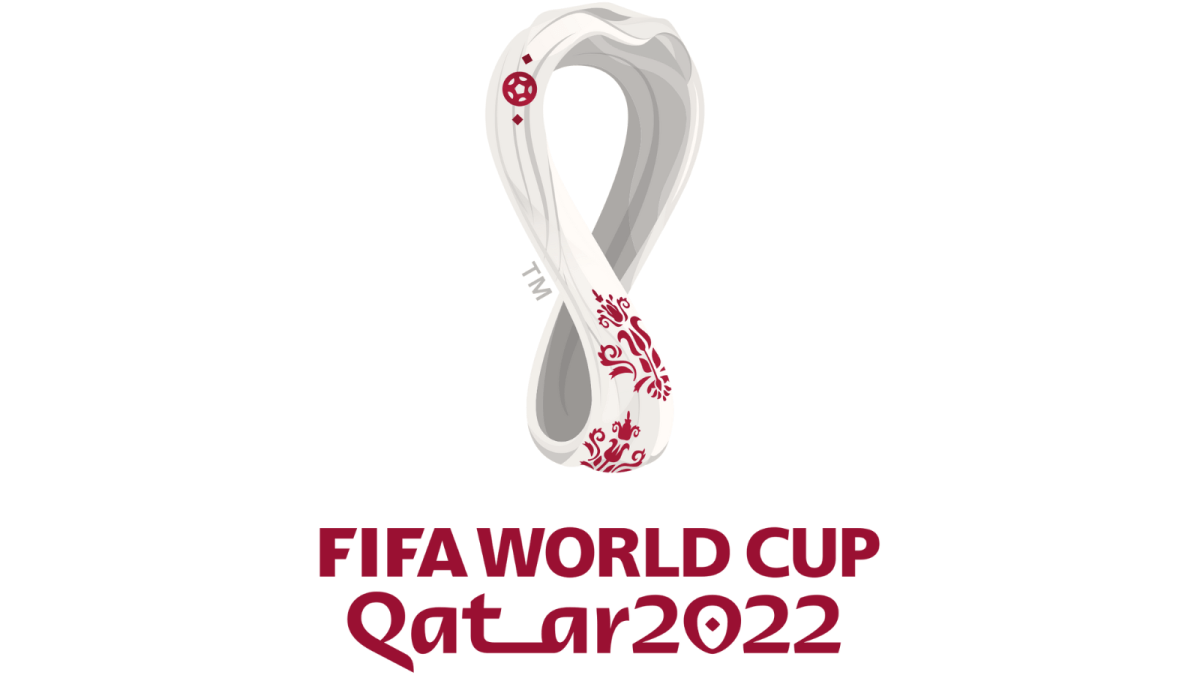The 2022 FIFA World Cup is underway. As the first event of its kind since the beginning of the Covid-19 pandemic, it has been a source of excitement and celebration, especially for countries with a more passionate tradition in the sport. And while established teams prove their worth once again, there have been some major upsets from underappreciated teams as well, with all countries giving their best in each match.
Of course, there is a fair share of controversy when it comes to the 2022 FIFA World Cup, and most of it revolves around host country Qatar — the first Arab country to host a World Cup. Artists and entire nations have boycotted the event due to Qatar’s stance on LGBTQ+ rights, the treatment given to migrant construction workers, and the evidence of bribery involving the FIFA committee who picks the hosts. Among fans, there is a part of the public who also decided to boycott the World Cup, as well as a part who, despite being critical, decided to enjoy the party anyway.
But if you haven’t been paying close attention to the details, you might be wondering when it all ends.
How long does the World Cup last?
The latest FIFA World Cup events have lasted around a month each. And though the 2022 edition is being played in a slightly reduced period, it does not really stray much from the average of the previous recent editions: it lasts 29 days, or just under a month. The usual gaps of two to three days between each step of the knockout stage — to give players time to rest and prepare — still apply.
Typically held in the Northern Hemisphere summer, around the months of June and July, the World Cup had to be pushed back a few months due to Qatar’s high temperature and humidity. With the opening ceremony held on Nov. 20, the final is set to be played on Dec. 18, 2022.
In 2026, however, some things are changing. The 2022 FIFA World Cup is the last to be played with 32 teams — which has been the standard since 1998 — and that number is rising to 48 for the next event, to be held in North America.

